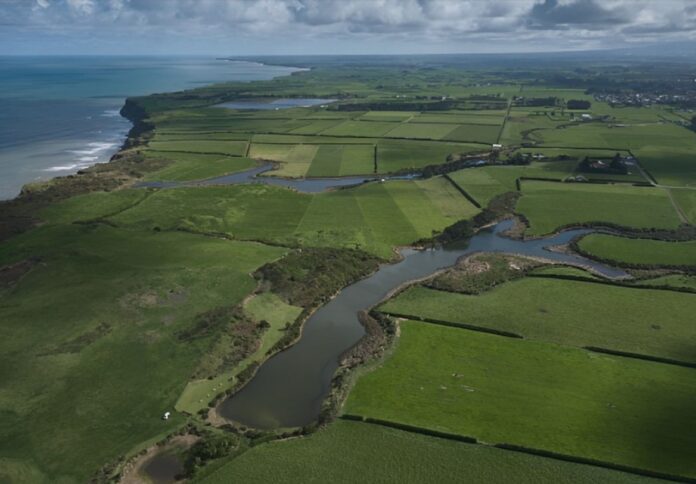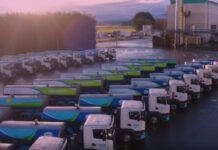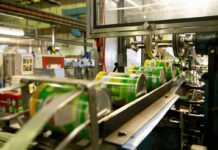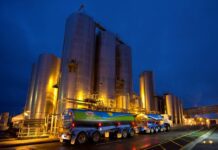
Fonterra and Nestlé’s partnership to develop New Zealand’s first commercially viable net zero dairy farm is showing promising results, two years after its launch, Fonterra said in a media release.
The initiative, operated in collaboration with Dairy Trust Taranaki, aims to reduce on-farm emissions and demonstrate scalable, practical solutions for dairy farmers.
The Fonterra-owned 290-hectare farm in Taranaki has achieved a 27 per cent reduction in absolute emissions and a 5.5 per cent decrease in emissions intensity since 2022.
Charlotte Rutherford, Fonterra’s director of Sustainability, highlighted the significance of these early achievements.
“We’re pleased with our progress so far but still have a lot more work to do to make further improvements,” Rutherford said.
“We are trialling different tools and approaches to see what works and what doesn’t, and while some trials have shown promising early results, others have provided valuable insights and lessons.”
The reductions came alongside operational adjustments, including a herd size reduction from 600 to 550 cows and switching to ten milkings across seven days rather than the traditional twice-daily schedule.
This approach improved staff morale and reduced farm operating expenses but led to an 11-12 per cent drop in milk solids production per cow. The farm has since returned to a twice-daily milking schedule.
The next phase of the pilot focuses on reducing emissions intensity by 30% by the 2026/27 season, leveraging advancements in breeding, nitrogen efficiency, and novel technologies.
“Strengthening relationships with strategic customers and innovating alongside them is a key focus for us, and we continue to look at the next steps in our partnership with Nestlé,” Rutherford added.
Innovative tools like EcoPond have shown significant promise, with the system reducing methane emissions from effluent by 93 per cent since its installation in May.
Additional technologies include a milk cooling system by New Zealand-owned Coolsense, expected to cut dairy shed power consumption by up to 30 per cent.
The pilot farm is also experimenting with silvopasture, integrating native trees such as Kapuka and K?nuka to balance carbon sequestration with animal grazing.
The trees, planted at varying densities, aim to provide shade and shelter while maintaining pasture productivity.
Jennifer Chappell, CEO of Nestlé New Zealand, praised the collaborative approach.
“By working together, we are learning what’s working best in practice now, but also paving the way for future advancements that will further support farmers,” Chappell said.
Beyond the pilot, Nestlé and Fonterra are offering direct support to farmers through several initiatives, including a GHG Farmer Support Pilot and a tree planting program.
Participating farms in the GHG pilot achieved a 5.2 per cent reduction in emissions intensity in the 2022/23 season, with further results expected next year.
Nestlé has also funded extra payments for Fonterra farmers meeting sustainability targets, further incentivizing progress toward the Co-operative’s 30 per cent emissions intensity reduction target by 2030.
Globally, Nestlé has committed 1.2 billion Swiss Francs (NZD 2.25 billion) by 2025 to regenerative agriculture and aims to source 50 per cent of its ingredients using such methods by 2030.
Fonterra and Nestlé plan to continue sharing insights and innovations from the pilot to benefit dairy farmers across New Zealand, supporting the industry’s transition toward sustainability.
















